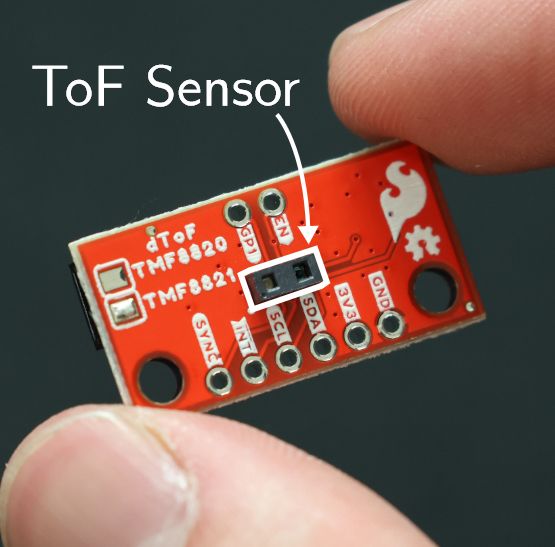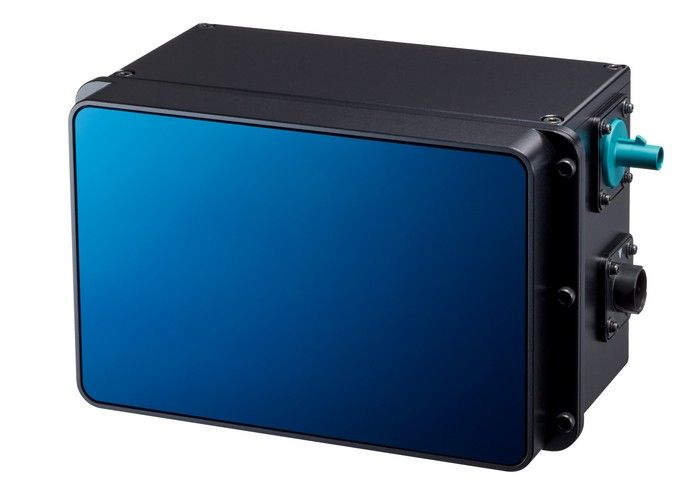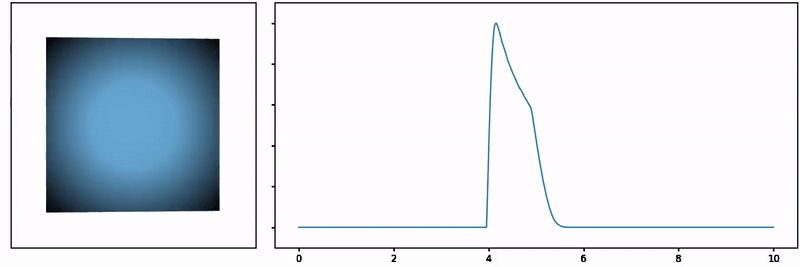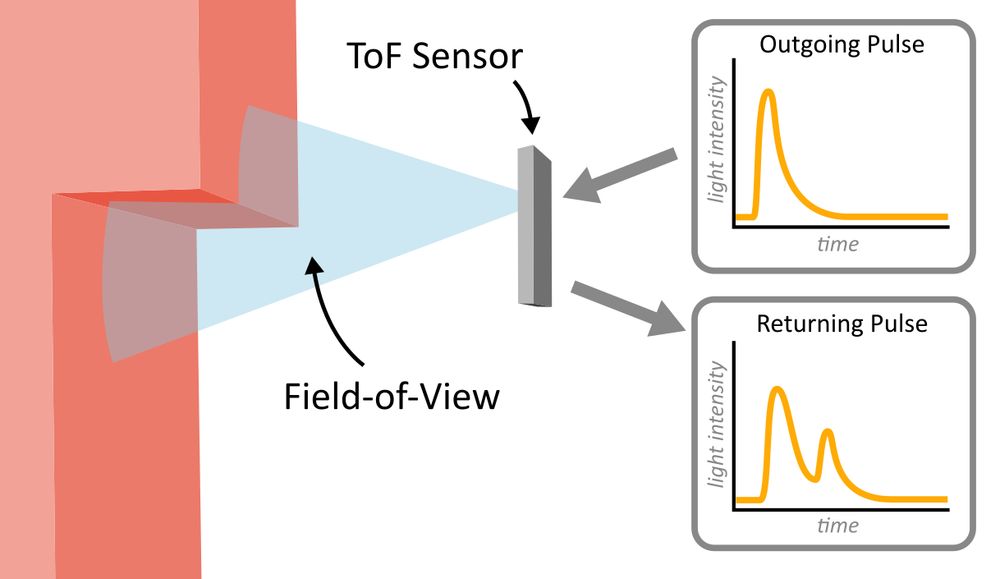
https://cpsiff.github.io

Realistic isn't always best, but having accurate g.t. is definitely important and a separate issue.
Realistic isn't always best, but having accurate g.t. is definitely important and a separate issue.
Few-view 3D reconstruction with high resolution sensors: weihan1.github.io/transientang...
Handling specular / mirror surfaces:
arxiv.org/abs/2209.03336
Detecting human pose:
arxiv.org/abs/2110.114...
Few-view 3D reconstruction with high resolution sensors: weihan1.github.io/transientang...
Handling specular / mirror surfaces:
arxiv.org/abs/2209.03336
Detecting human pose:
arxiv.org/abs/2110.114...
cpsiff.github.io/towards_3d_v...
And more on specific applications of these sensors on robotics, which utilize histogram info (+ one in review, stay tuned):
cpsiff.github.io/using_a_dist...
cpsiff.github.io/unlocking_pr...
cpsiff.github.io/towards_3d_v...
And more on specific applications of these sensors on robotics, which utilize histogram info (+ one in review, stay tuned):
cpsiff.github.io/using_a_dist...
cpsiff.github.io/unlocking_pr...


When the per-pixel FoV is wide, this histogram encodes rich information about the scene, as shown in this awesome animation by my labmate Sacha Jungerman (wisionlab.com/people/sacha...).

When the per-pixel FoV is wide, this histogram encodes rich information about the scene, as shown in this awesome animation by my labmate Sacha Jungerman (wisionlab.com/people/sacha...).
Recently, a new class of these sensors have emerged that measure the intensity of returning light over very short (pico-to-nanosecond) timescales.

Recently, a new class of these sensors have emerged that measure the intensity of returning light over very short (pico-to-nanosecond) timescales.

